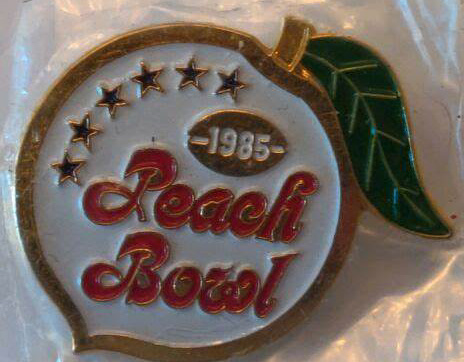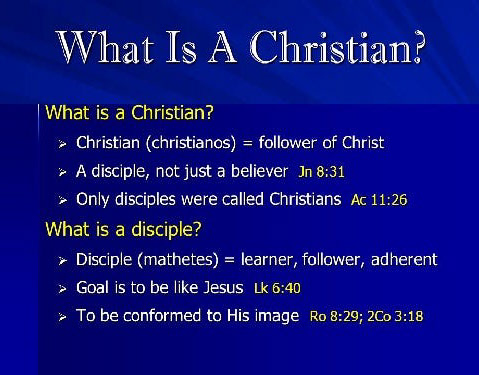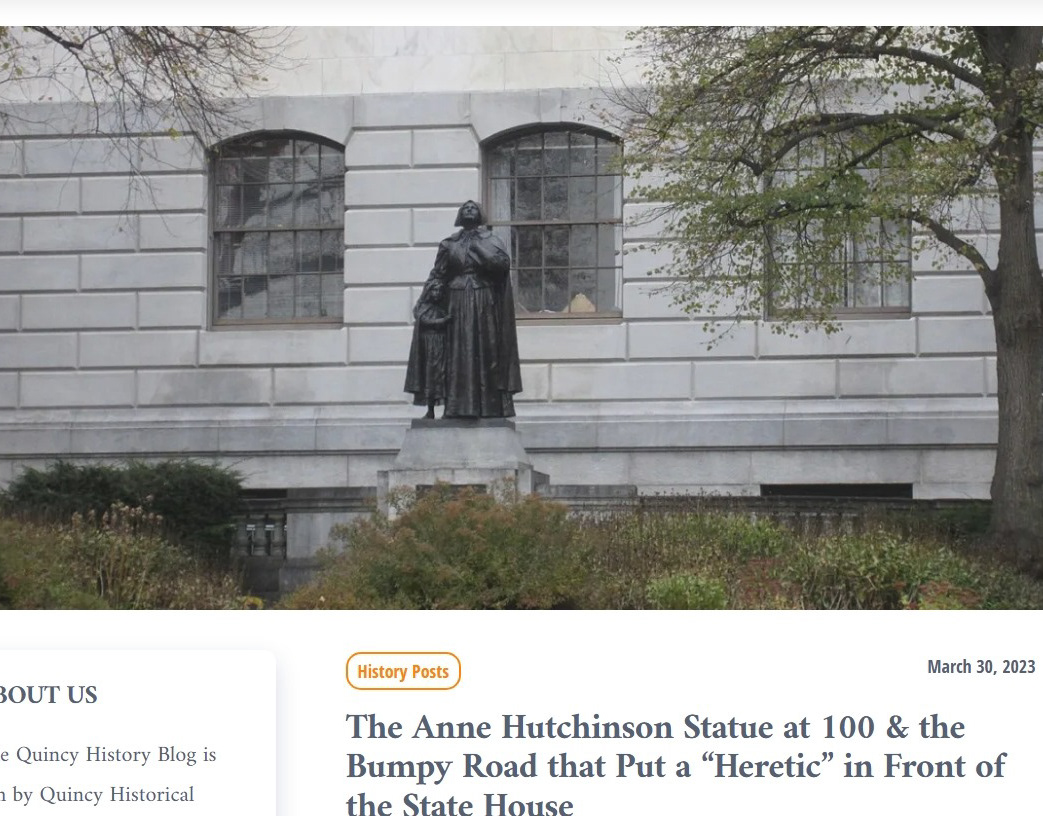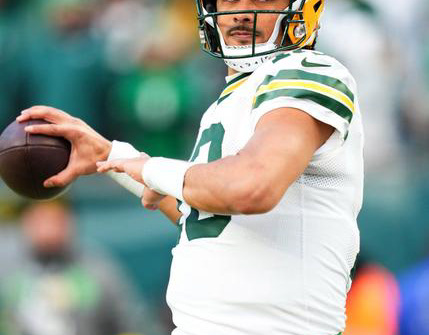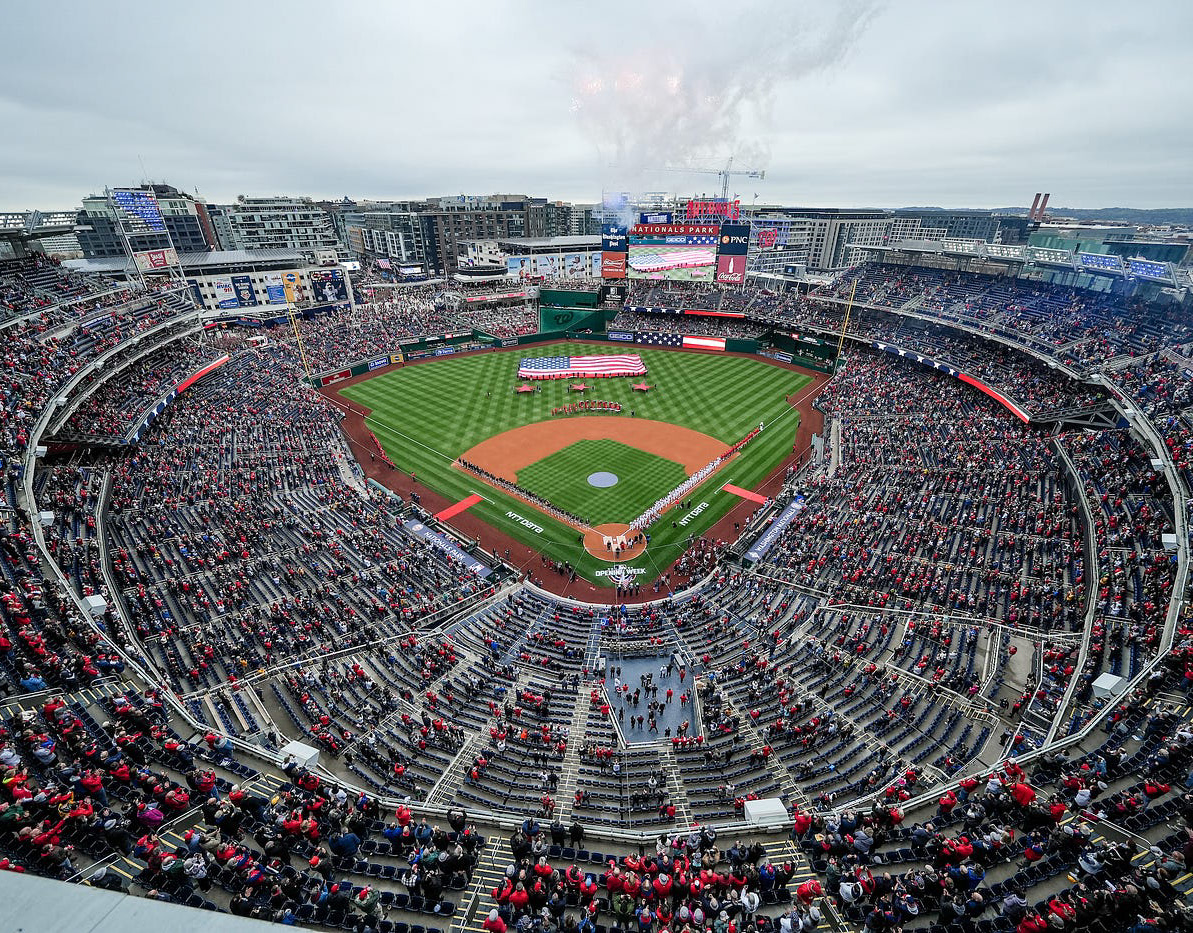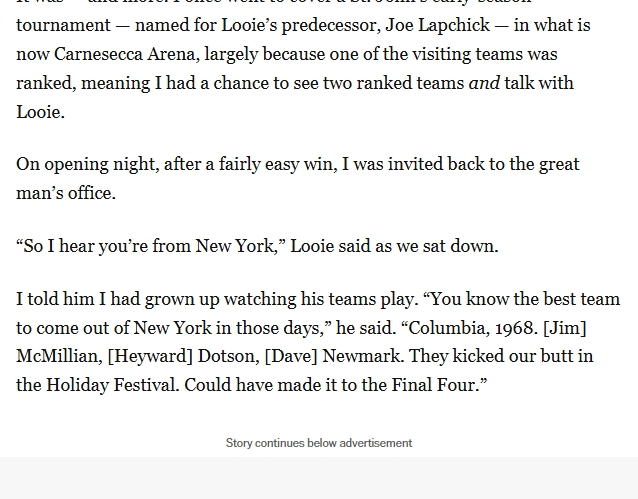I do have that condition and you people have affected my anxiety with that technology stuff I don't think you people care
No I have to live a different type of life you know what happened to me these people have made it worse for me I know it's just technology ridiculous but it has affected my life you know I didn't do anything to them cuz me myself
I feel that's the only way to deal with these people to tell your story I know I'm not famous or anything but that's but these people have really affected my life you know and I'm kind of scary for me because what happened to me
And a man I will tell Deena I will walk away from everything because of my health I'll never forget I kind of torture myself
You know I live in the real world all the candles are going to Target I know I'm a broken record but I do
after 15 million model t were sold the lost model a came not trying to be mean are you people retarded really oh it doesn't work racist in my opinion
but is true mexican in Illinois is true the racial being back then
I think somebody thing done the same thing with technology to me racist beget really nice person but I will call you out
first train rocket
I will stop you I do not care I am a history person this is what I do what I like
leave me alone really
Mexican workers played a significant role in the construction and operation of railroads in the United States, particularly in the Southwest and Midwest, from the late 19th century into the 20th. They were often referred to as "Traqueros," a term derived from "traque" (track) and used to describe Mexican and Mexican-American track workers. These workers, along with other immigrant groups, contributed to the expansion of the railroad network, which had a profound impact on the development of the American West and the growth of many cities.
While Hero Street, USA is notable for the significant number of soldiers who served from its 22 families, the specific names of all 87 soldiers who served in World War II and the Korean War are not readily available in the provided search results. However, information about the eight men who died in combat has been found.
Hero Street's Eight Fallen Soldiers:
These are the eight heroes from Hero Street who made the ultimate sacrifice, with six dying in World War II and two in the Korean War:
Tony Pompa: Tail gunner shot down over Italy who reportedly lied about his age to serve.
Frank Sandoval: Killed while serving in an engineer battalion working on the Ledo Road in Burma.
William "Willie" Sandoval: Part of a regiment tasked with securing a bridge in Nijmegen, Netherlands.
Claro Solis (Soliz): Died in Belgium during the Battle of the Bulge.
Peter Masias: Lost his life in Belgium.
Joseph Sandoval: Killed in April 1945, just days before the end of WWII.
Joseph Gomez: Died during a counterattack at "Bunker Hill" during the Korean War.
John S. Muños: Killed in the Battle of Bloody Ridge in Korea in 1951, his body was never recovered.

